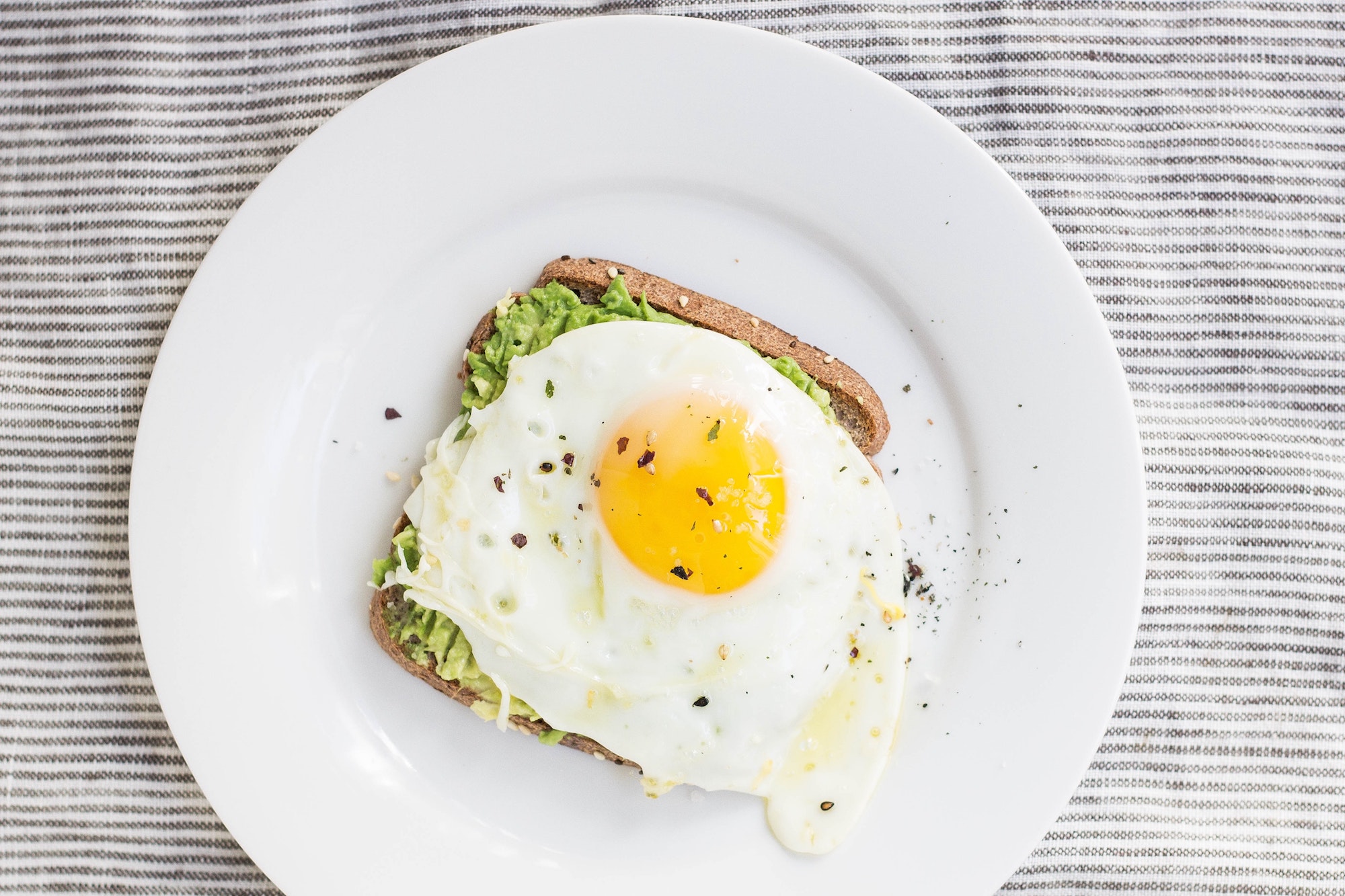
02 Aug Protein Helps Dancers Build Muscle and Strength
Although dancers (recreational or otherwise) are seldom interested in bulking up and building excessive muscle, it’s important – especially as we age – to underline the importance of balanced protein intake and to be aware of our muscle recovery needs after every class or workout. Muscles are largely made of protein, and as with most tissues in your body, muscles are dynamic and constantly being broken down and rebuilt.
To gain muscle, your body must synthesize more muscle protein than it breaks down. In other words, there needs to be a net positive protein balance in your body — often called nitrogen balance, as protein is high in nitrogen. For this reason, people who want a lot of muscle need to eat a greater amount of protein (and lift weights, of course). It’s well documented that a higher protein intake helps build muscle and strength. People who want to hold on to muscle they’ve already built may need to increase their protein intake when losing body fat, as a high protein intake can help prevent muscle loss that usually occurs when dieting. When it comes to muscle mass, studies usually don’t look at the percentage of calories but rather daily grams of protein per kilograms or pounds of body weight.
A common recommendation for gaining muscle is 1 gram of protein per pound of body weight (or 2.2 grams of protein per kg). Other scientists have estimated the protein needs to be a minimum of 0.7 grams per pound (or 1.6 grams per kg). Though it’s hard to give exact figures due to conflicting study results, about 0.7–1 grams per pound (1.6–2.2 grams per kg) of body weight seems to be a reasonable estimate. If you’re carrying a lot of body fat, using either your lean mass or your goal weight, instead of your total body weight, is a good idea, as it’s mostly your lean mass that determines the amount of protein you need.
How to Get Enough Protein in Your Diet
The best sources of protein are meats, fish, eggs, and dairy products, as they have all the essential amino acids that your body needs. Some plants are fairly high in protein as well, such as quinoa, legumes, and nuts. However, most people generally don’t need to track their protein intake. If you’re a healthy person trying to stay healthy, then simply eating quality protein with most of your meals, along with nutritious plant foods should bring your intake to an optimal range.
What “Grams of Protein” Really Means
This is a very common misunderstanding. In nutrition science, “grams of protein” refers to grams of the macronutrient protein, not grams of a protein-containing food like meat or eggs. An 8-ounce serving of beef weighs 226 grams but only contains 61 grams of actual protein. Similarly, a large egg weighs 46 grams but only packs 6 grams of protein.
